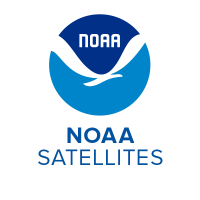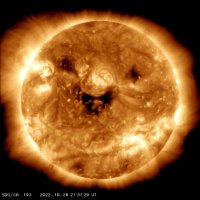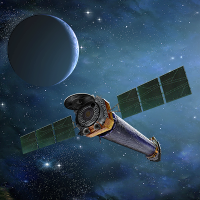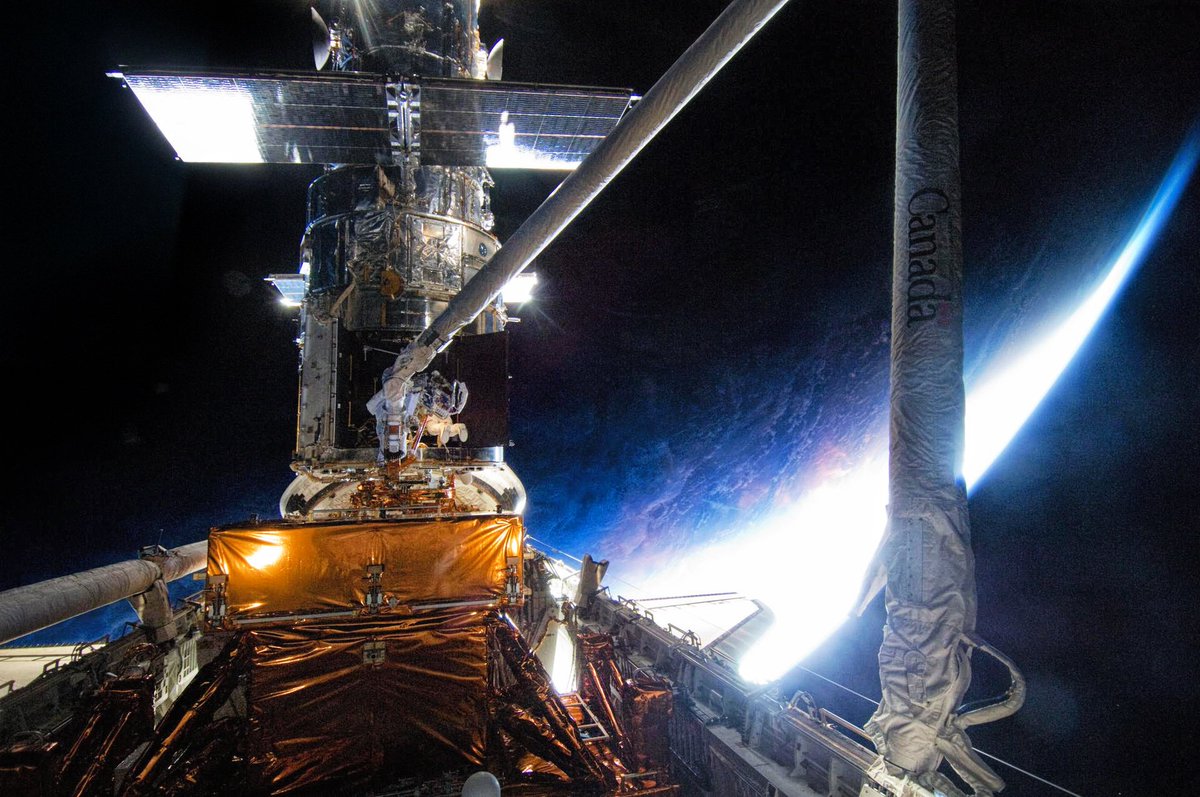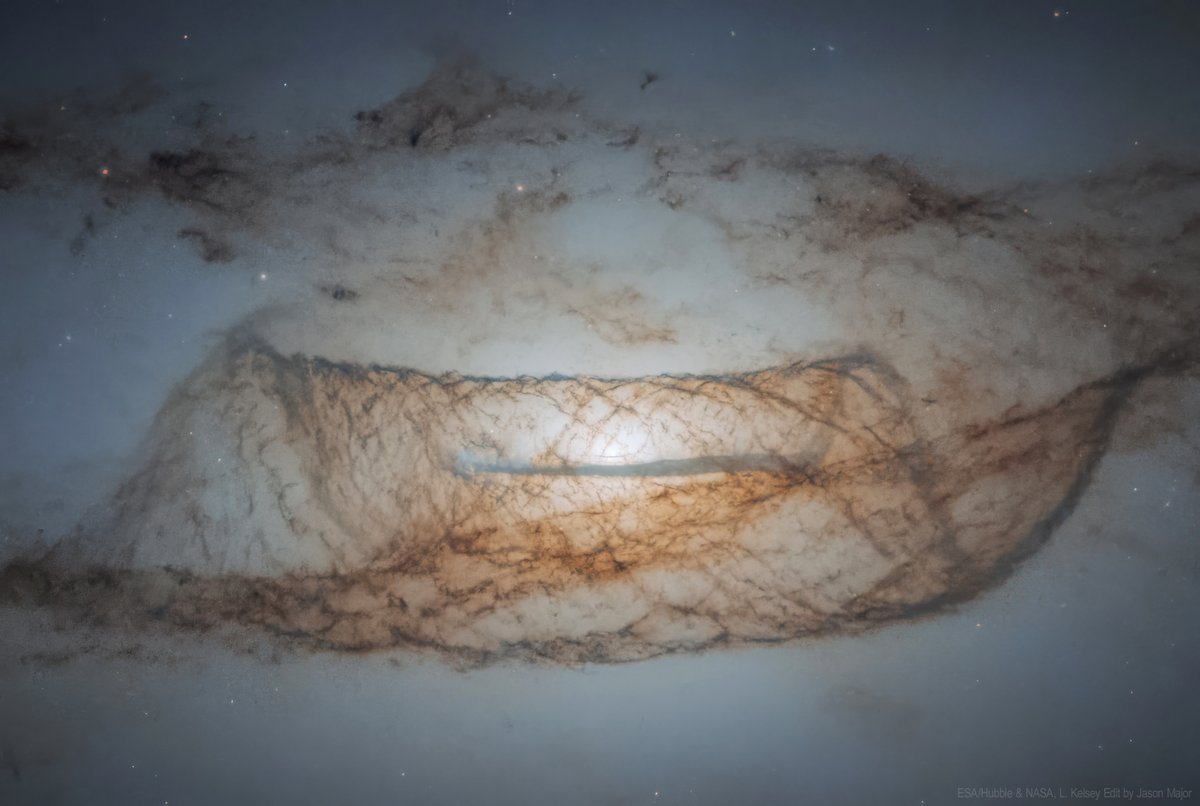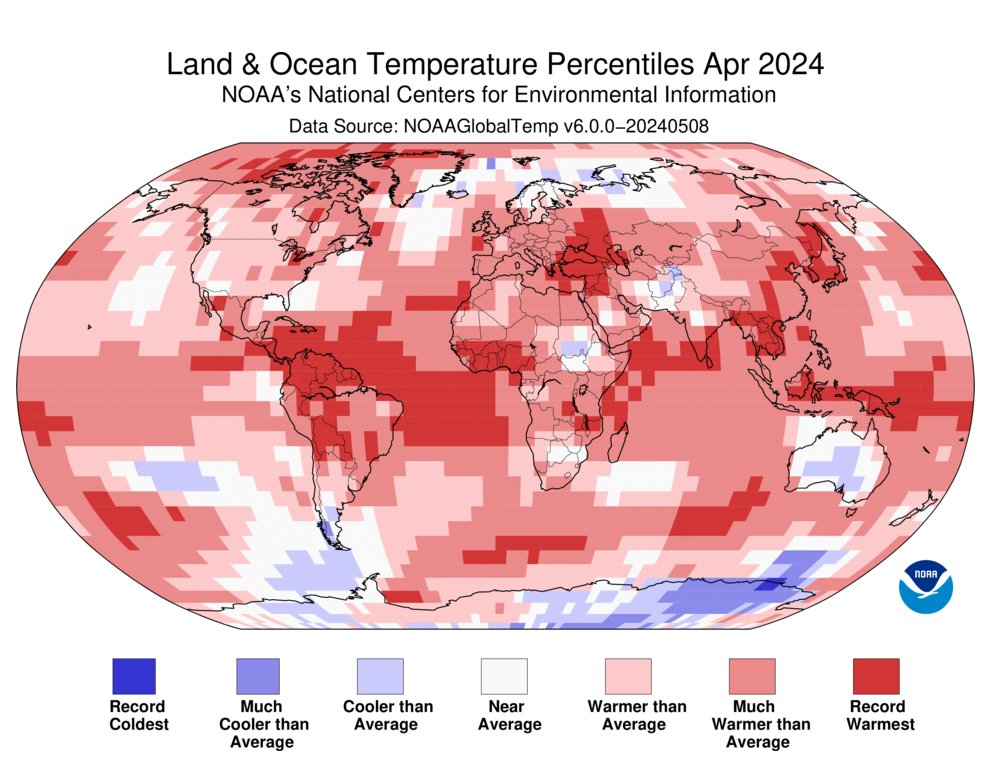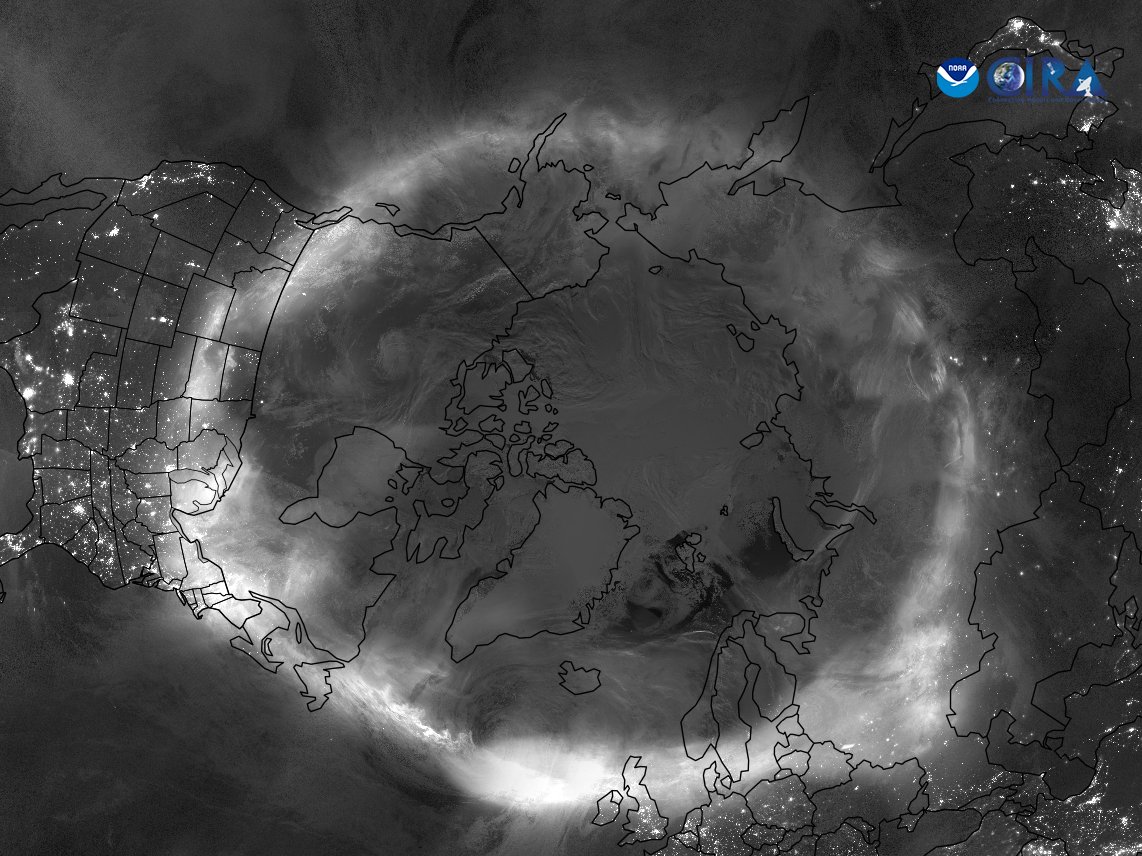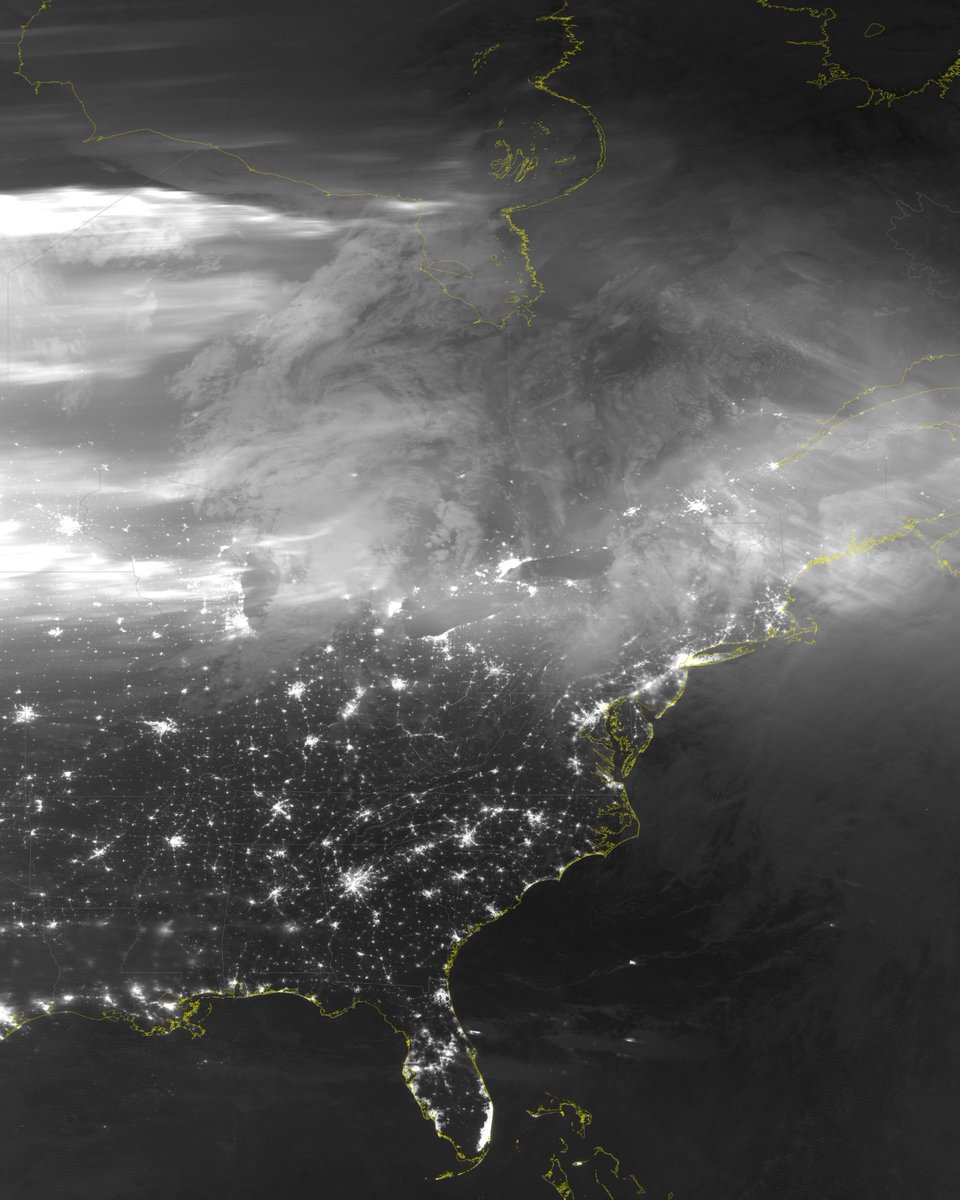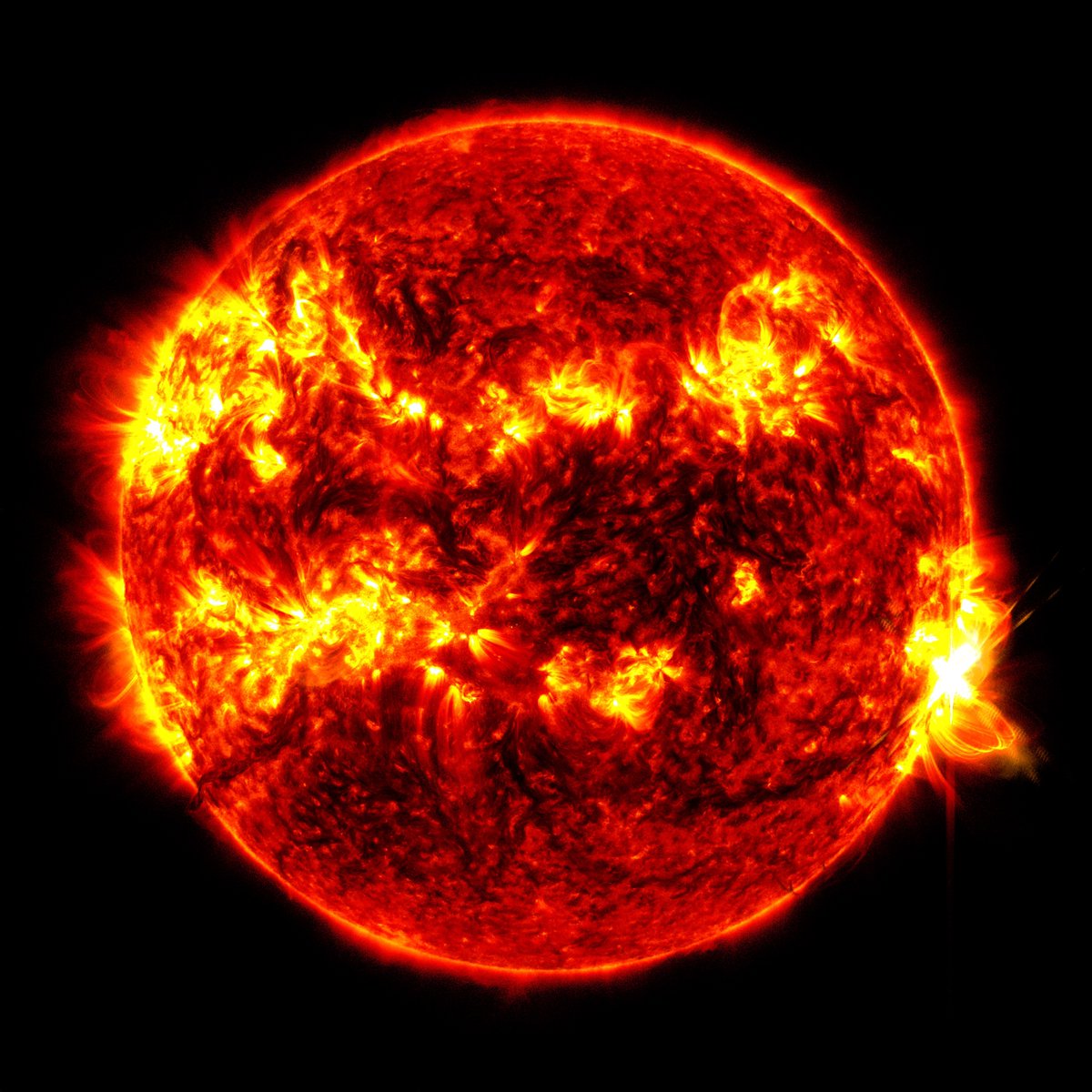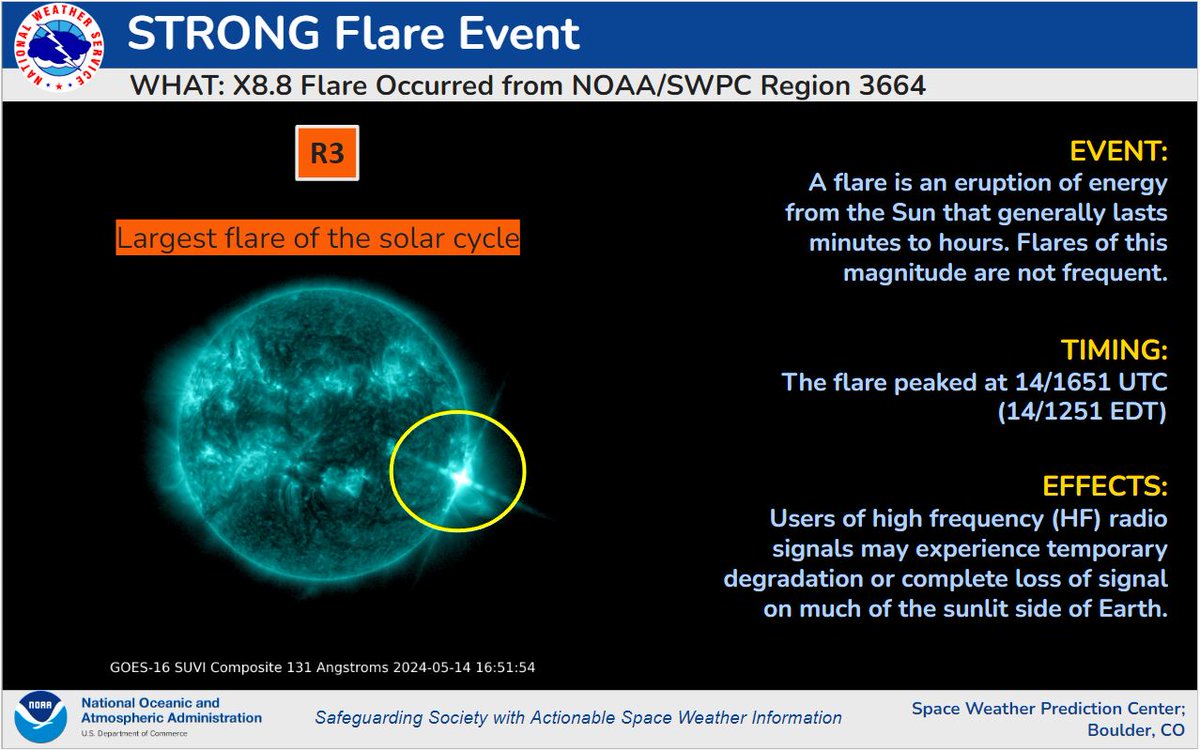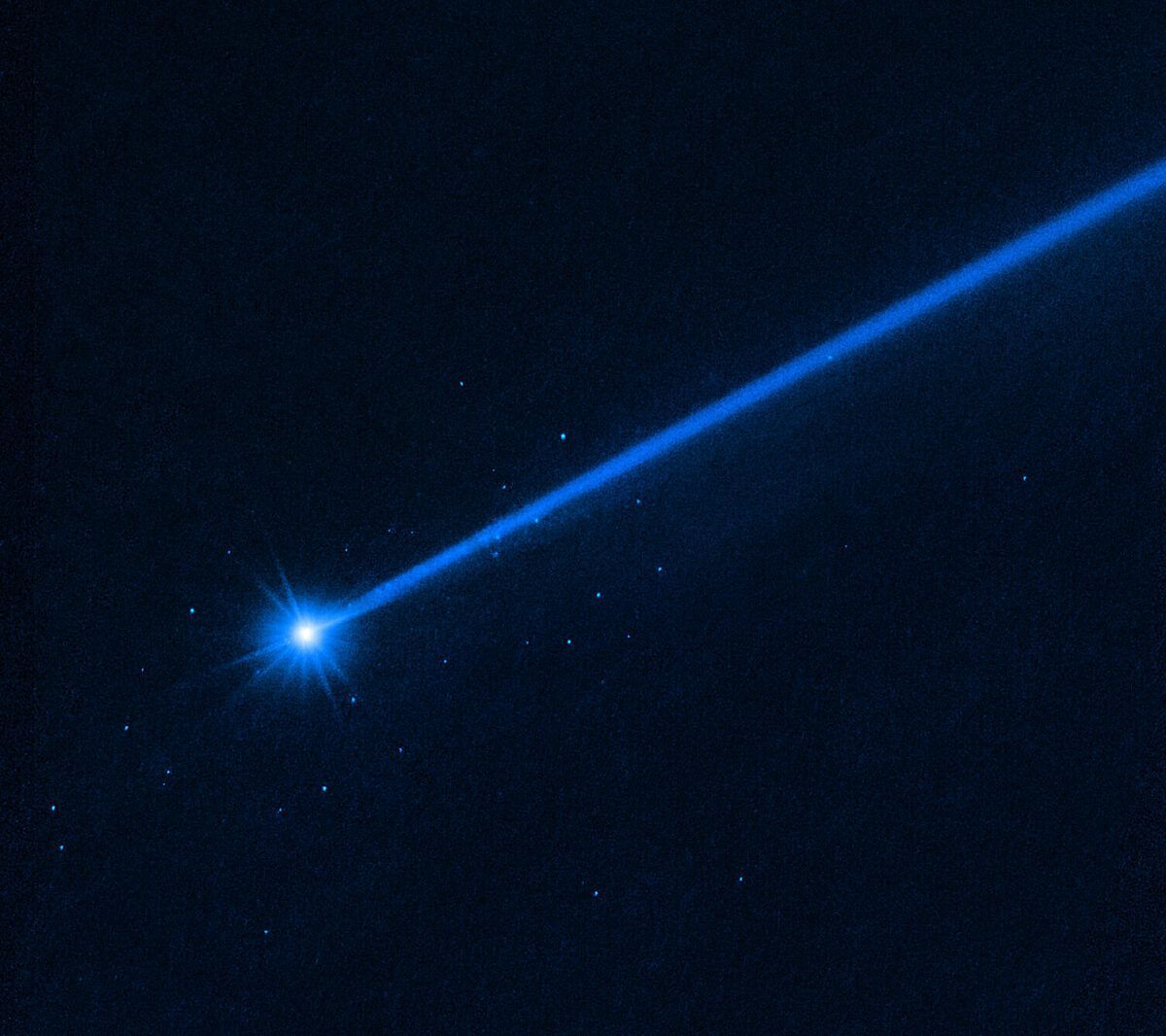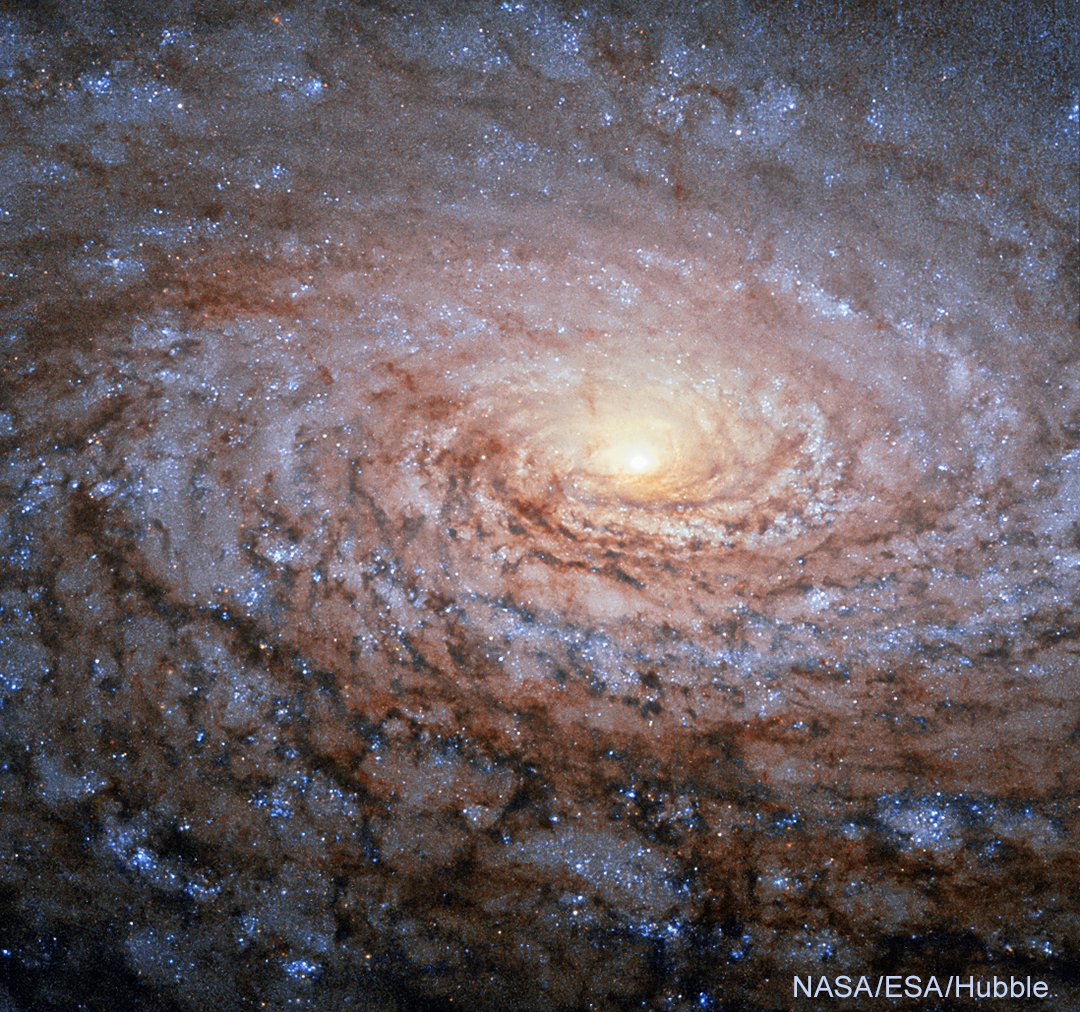
Jason Major
@JPMajor
Space exploration aficionado and NASA image processor
ID:103652294
http://www.lightsinthedark.com/ 10-01-2010 20:00:07
130,4K Tweets
70,5K Followers
4,9K Following




Cool fact: 'Ringshine' would light up the twilight hours on Saturn if you were floating in your spacecraft in its atmosphere - pretty cool vision. Ringshine should be a new English word - Did you enjoy the Ringshine too? excellent dinner conversation. Tks for sharing Jason Major

A #SolarFlare mystery. From today’s X3.5 solar flare, can you see the faint tendril-like downflow structures? (In grey, high above the Sun’s edge). These are called ‘Supra-Arcade Downflows’, or SADs. They are frequently observed, but their origin is still a mystery! #astronomy



NASA's Kennedy Space Center STS-49 included the only EVA (EVA 3 on May 13–14, 1992 to be exact) that involved three astronauts (Richard Hieb, Thomas Akers, and Pierre Thuot) at the same time. (NASA image # S49-91-026)
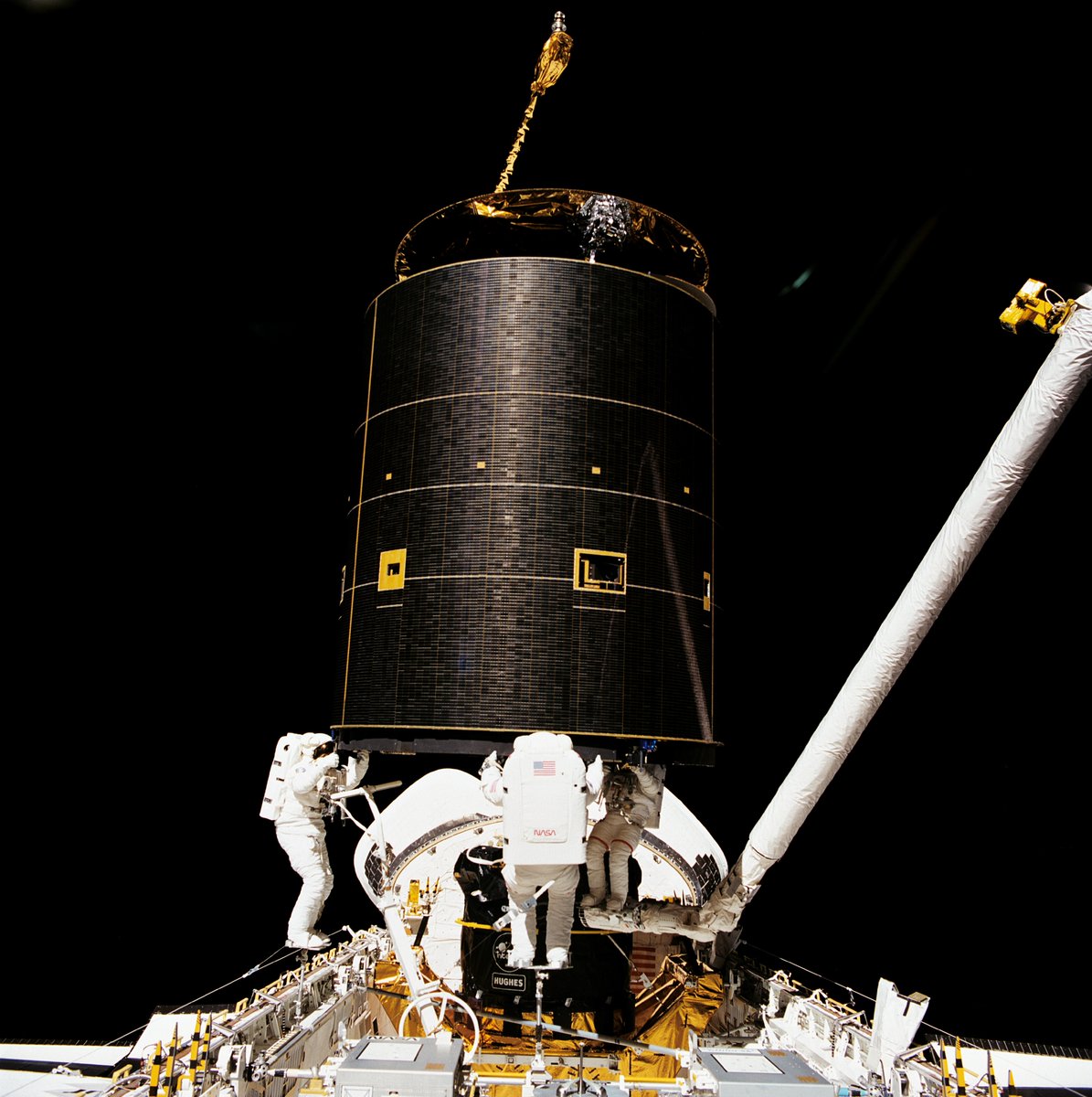


Aboard International Space Station, I photographed this sprite, a rare upward electric discharge from a thunderstorm.
Look closely and you can see the red flash above the purple lightning spot, surrounded by stars from orbital night. Second image gives a closer view. Captured on Expedition
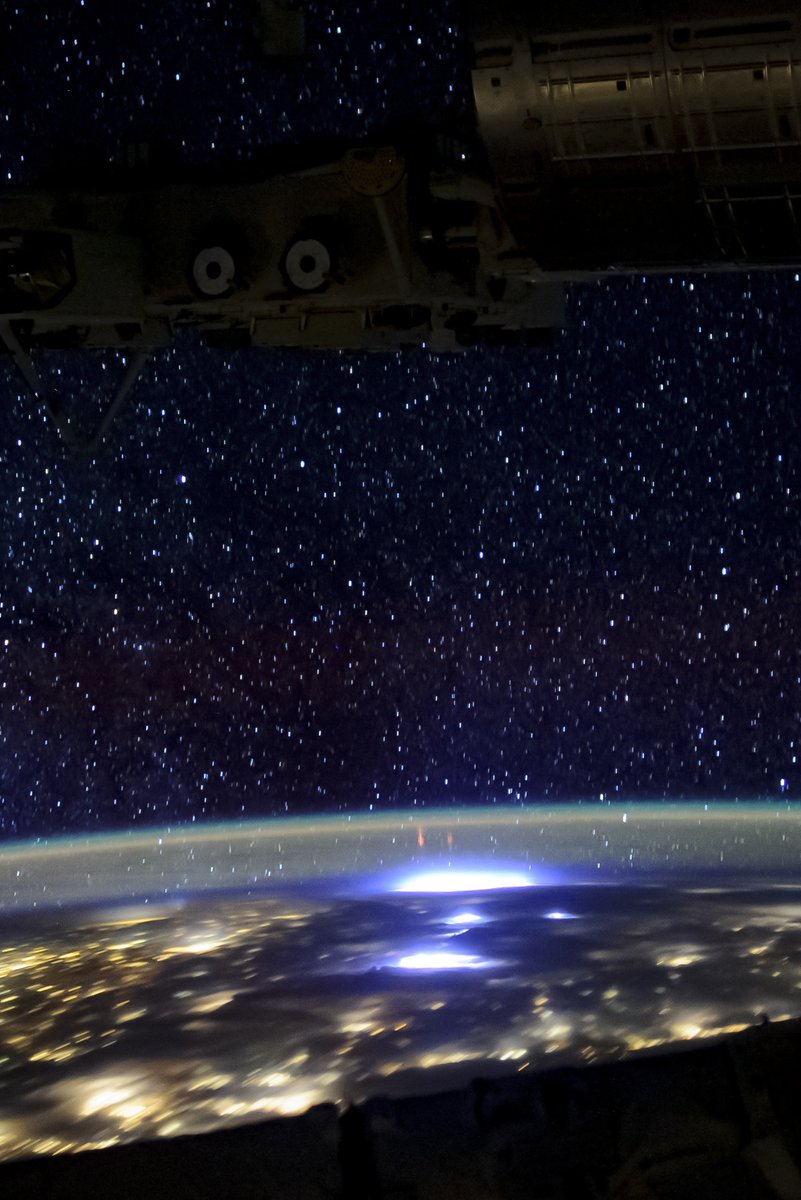


#PPOD : As carbon dioxide frost sublimates with the warming Martian spring, a pattern emerges of dark brown sand dunes interspersed with the remaining bright frost. Image taken by HiRISE: Beautiful Mars (NASA) onboard NASA's Mars Reconnaissance Orbiter. Credit: NASA NASAJPL Caltech University of Arizona

